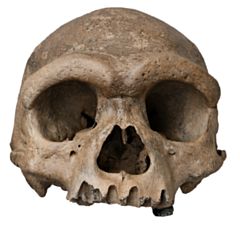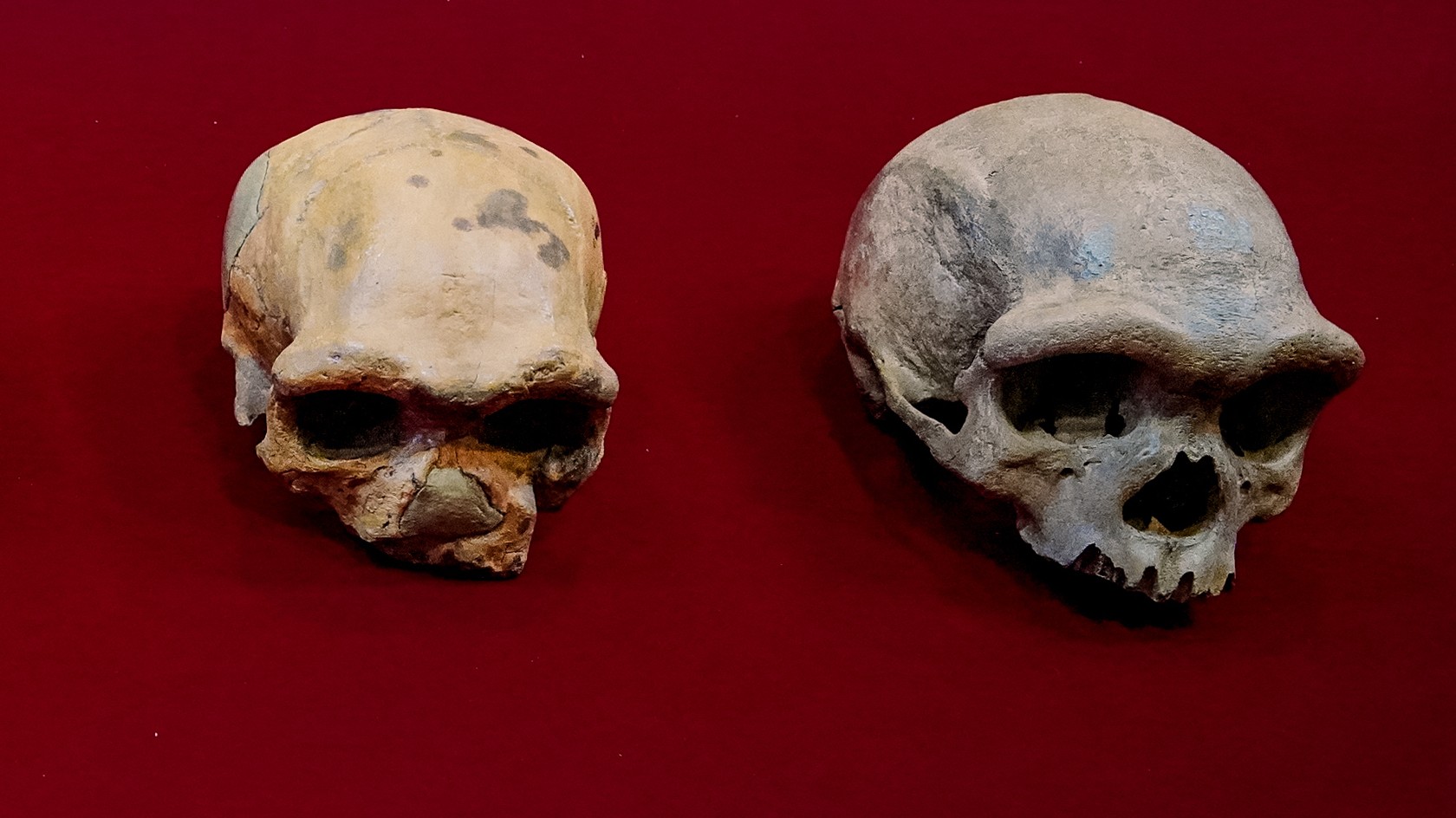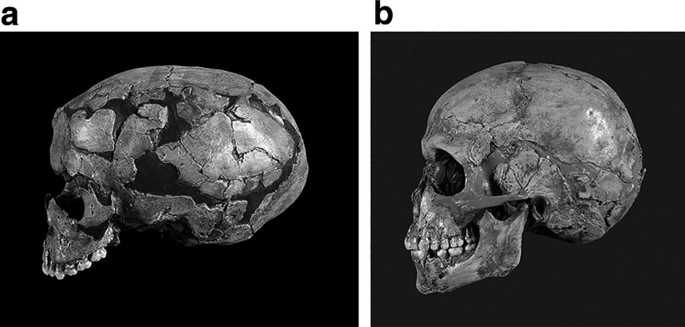Massive cranium from Harbin in northeastern China establishes a new Middle Pleistocene human lineage: The Innovation
Por um escritor misterioso
Descrição

Figure 2 from Homo erectus in East Asia: Human Ancestor or Evolutionary Dead-End?

Morphobank

Heterochronies and allometries in the evolution of the hominid cranium: a morphometric approach using classical anthropometric variables [PeerJ]

Scientists Discovered a 'Dragon Man' Species That May Be Our Closest Relative

A Aproximação Facial do Homo longi (Harbin, China ~148.000 AP) — documentação OrtogOnLineMag #7

Massive cranium from Harbin in northeastern China establishes a new Middle Pleistocene human lineage - ScienceDirect

Late Pleistocene Homo and the Emergence of Modern Humans

PDF] Massive cranium from Harbin in northeastern China establishes a new Middle Pleistocene human lineage

Hominin evolution and diversity: a comparison of earlier-Middle and later-Middle Pleistocene hominin fossil variation in China

Evolution of cranial capacity revisited: A view from the late Middle Pleistocene cranium from Xujiayao, China - ScienceDirect

Geochemical provenancing and direct dating of the Harbin archaic human cranium - ScienceDirect

Molecular identification of late and terminal Pleistocene Equus ovodovi from northeastern China.,PLOS ONE - X-MOL

This 146,000-Year-Old 'Dragon Man' Skull Changes What We Know About Human Evolution - Solomon's Temple Investigation Marathon 734 : Free Download, Borrow, and Streaming : Internet Archive
de
por adulto (o preço varia de acordo com o tamanho do grupo)







